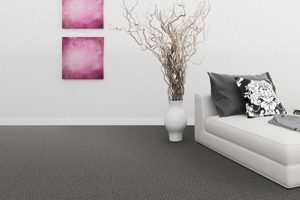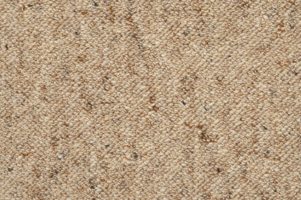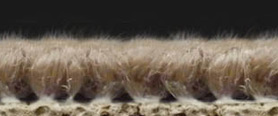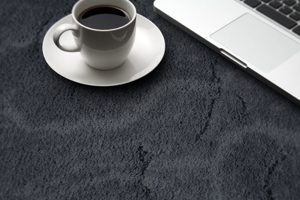If you have chosen to go with carpet flooring whether it is for your home or office space then you are probably overwhelmed by the amount of styles of carpet there is to choose from. Each carpet style has its own functionality and understanding what each style can provide is the key to deciding what is going to be the best choice for your space. If you don’t know where to start, Jupps Floor Coverings has got you covered. We have compiled a list of carpet styles for you to consider.

Loop pile carpet is a style of carpet that utilizes uncut loops of yarn and is weaved into an up and down pattern. Being a more practical and hard wearing style of carpet, loop pile would be used in areas with high foot traffic as it does not discolour from footprints, hides soil and is very durable. Loop pile carpet comes in 3 variations.



Level Loop is constructed from tightly aligned loops at uniform length and is perfect for any high foot traffic areas

Cut pile carpet is loop pile carpet that has had the piles cut half way through the manufacturing process to achieve a softer and comfortable result. This style would typically be used in lower foot traffic areas including bedrooms and living rooms where we generally prioritize comfort over practicality. There are 2 variations of cut pile carpet.

As simple as it sounds, this style of carpet is extremely versatile and combines the best of both worlds to achieve a durable yet soft to touch surface. There are 2 variations and come in many different designs and patterns.
Unfortunately, there is no universal tool that will measure carpet quality, however there are techniques to consider such as weight and density, which will indicate the level of quality. Weight tells you how many fibres are present in the carpet, the more fibres there are the heavier it weighs and therefore the higher the quality of carpet is.
Density correlates to how many fibres are in the pile and how closely packed they are. The denser it feels the higher the quality. If you can feel the carpet backing, it’s not very dense.
A better way to phrase this question is what is the most comfortable type of carpet?
Comfort is being able to take a nap on your carpet because it’s as comfortable as your bed and isn’t itchy. The feel of carpet depends on the style of the carpet and the fibre it is made from.
The softest and most comfortable style is plush piles and the softest fibre is wool. Combine the 2 and it’s a match made in heaven, however is arguably the most expensive choice.
The most durable types of carpet are the ones which are the most dense feeling. The quality of the fibre construction also contributes to overall durability. Level loop, also known as Berber, is a type of carpet that uses short loops and is able to withstand high traffic areas.
In any case, it’s always good to refer to the carpet star-ratings label which gives a rating out of 6 for residential and out of 4 for commercial use if you are planning on using carpets tiles or broadloom carpet. It will also tell you if it should be used in areas of light, medium or heavy, or extra-heavy foot traffic areas.
To determine what pile height is best for you, you need to ask the question of ‘where is the carpet going?’ carpet pile height can be split into 3 heights:
The average time carpet flooring lasts is heavily dependent on the type of carpet and residential environment it is in. In an average Australian home of 2 to 4 occupants, you can expect carpet to last around 3 to 5 years.
Households with kids and pets can shorten its lifespan even further without regular carpet maintenance and cleaning.
Low foot traffic can see some carpet fibres last 8 years and 6 years for medium traffic.
The length of time your carpet can last will depend on a number of factors including: